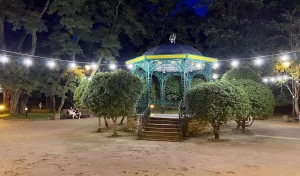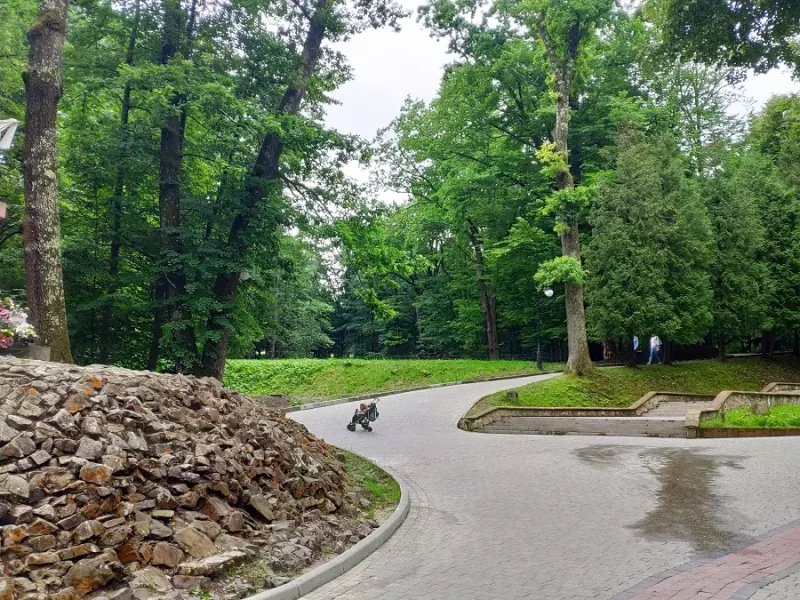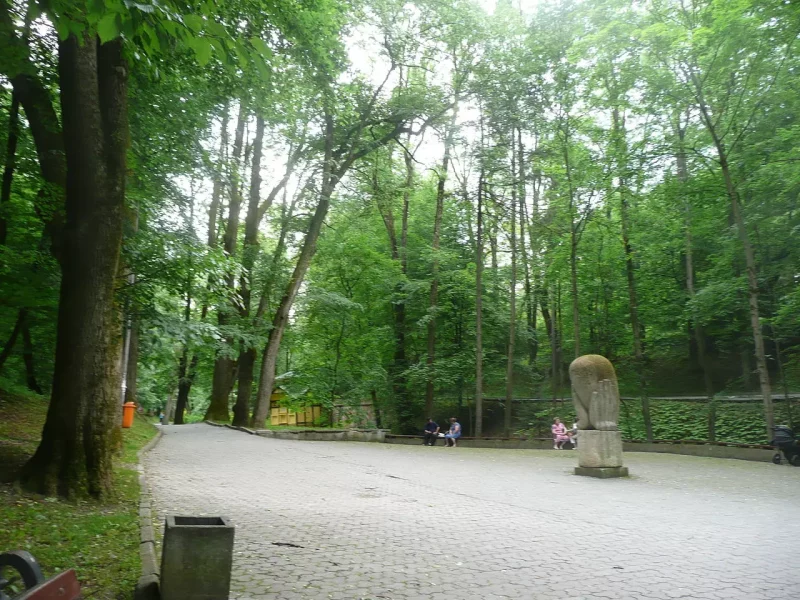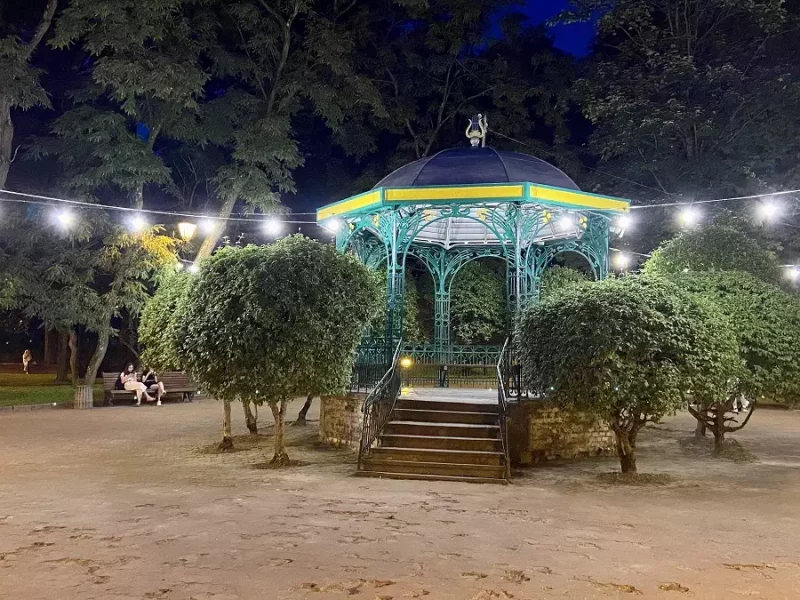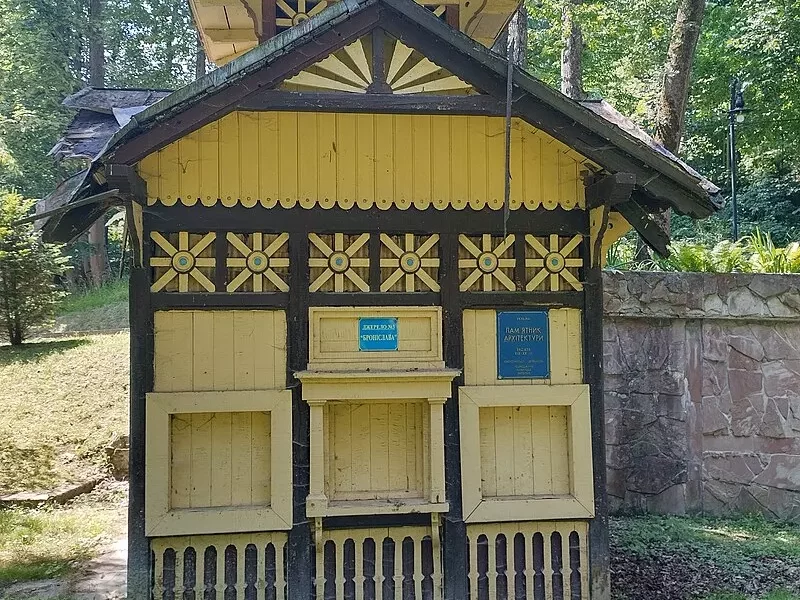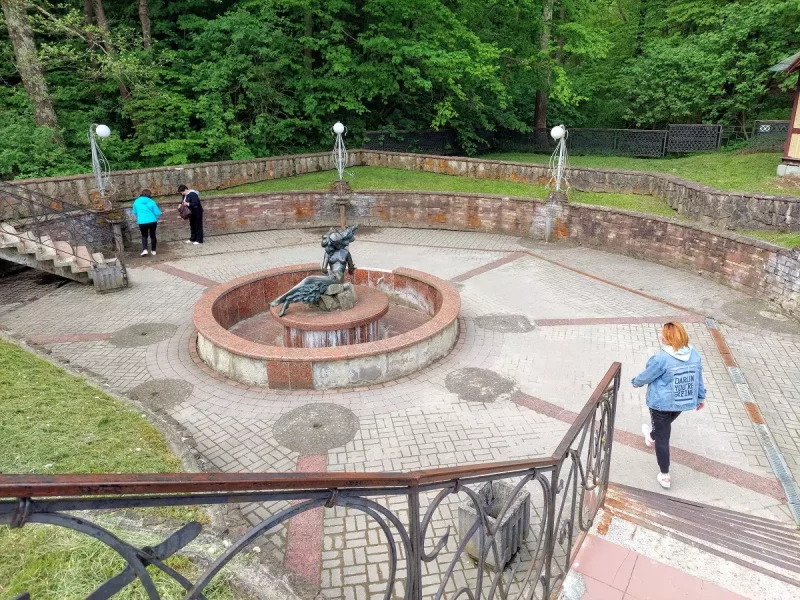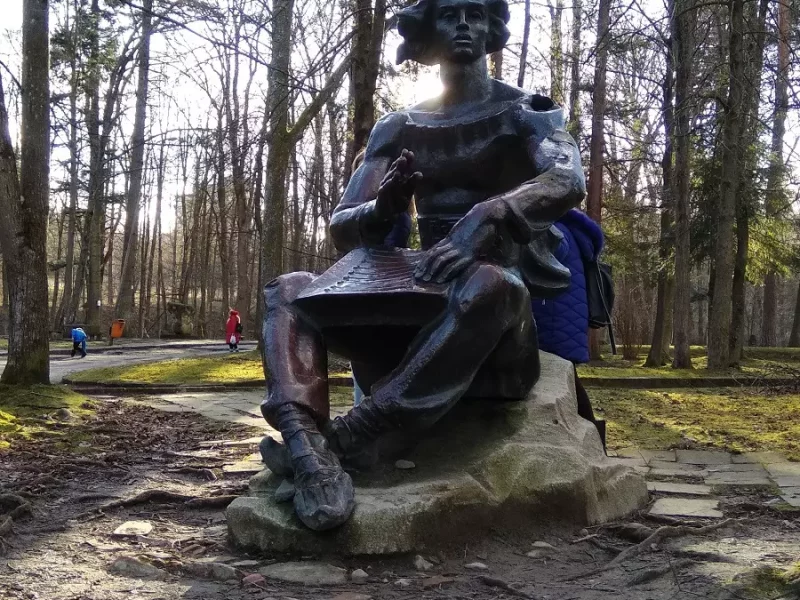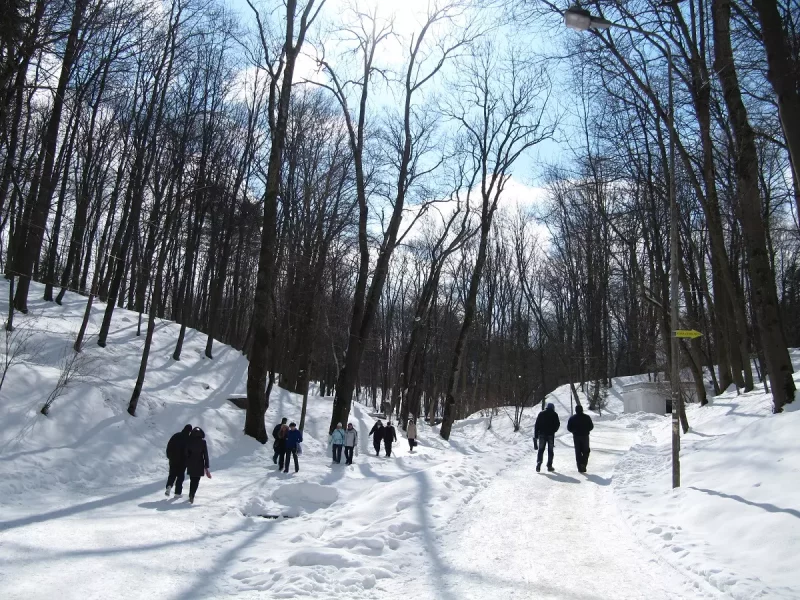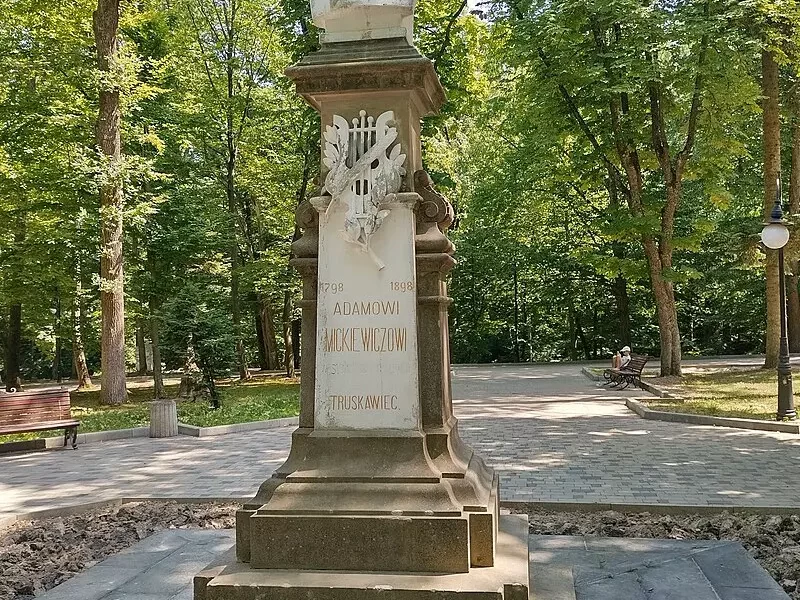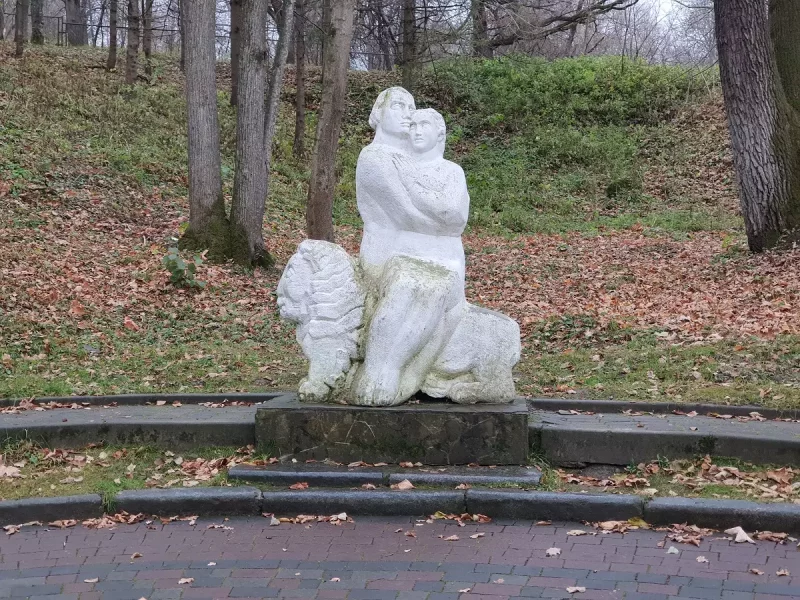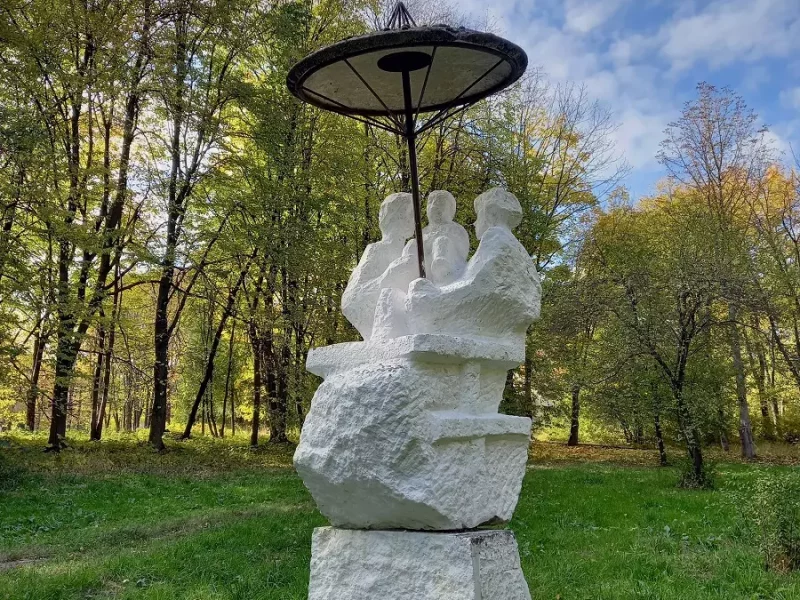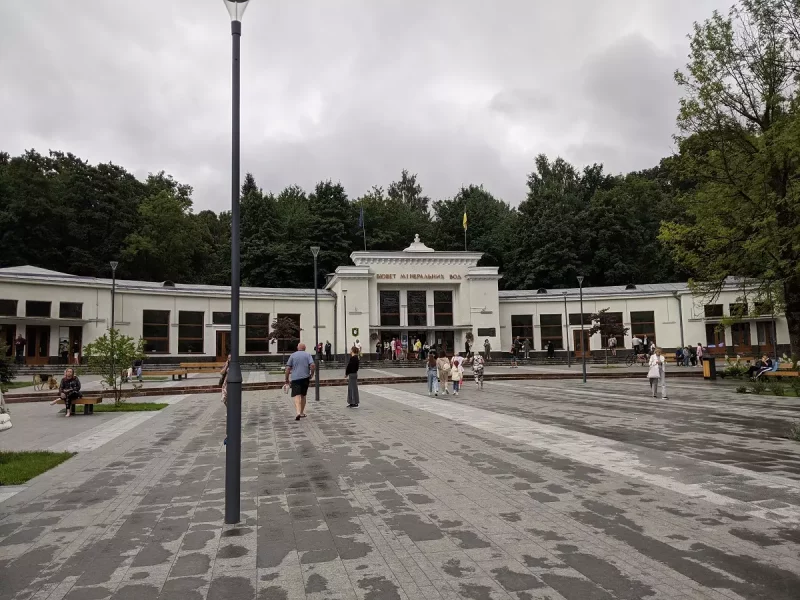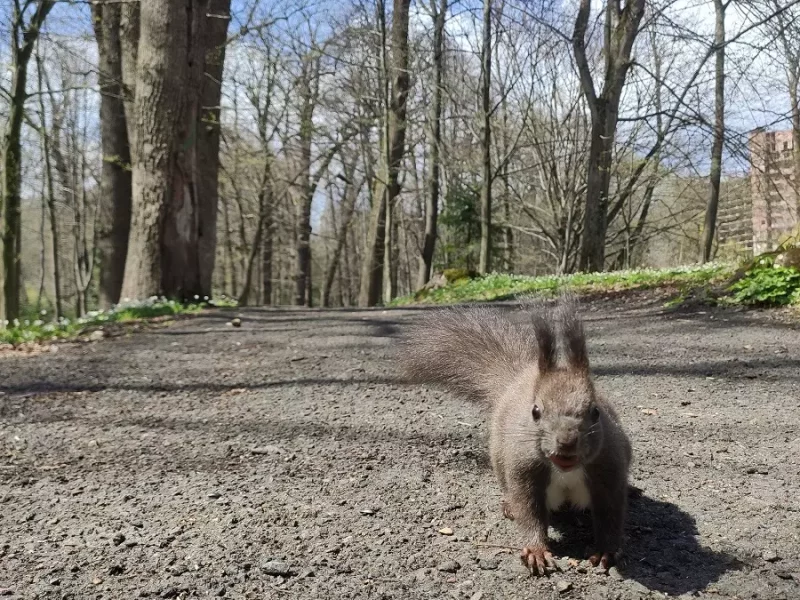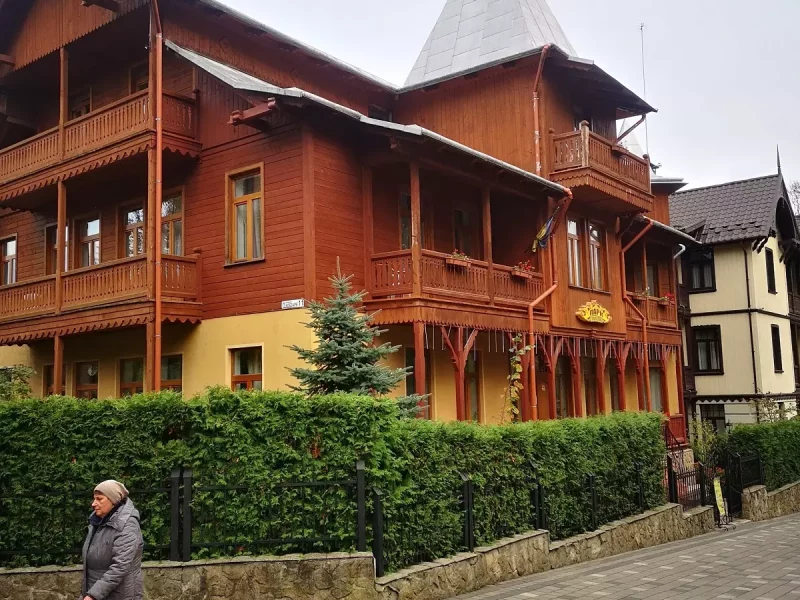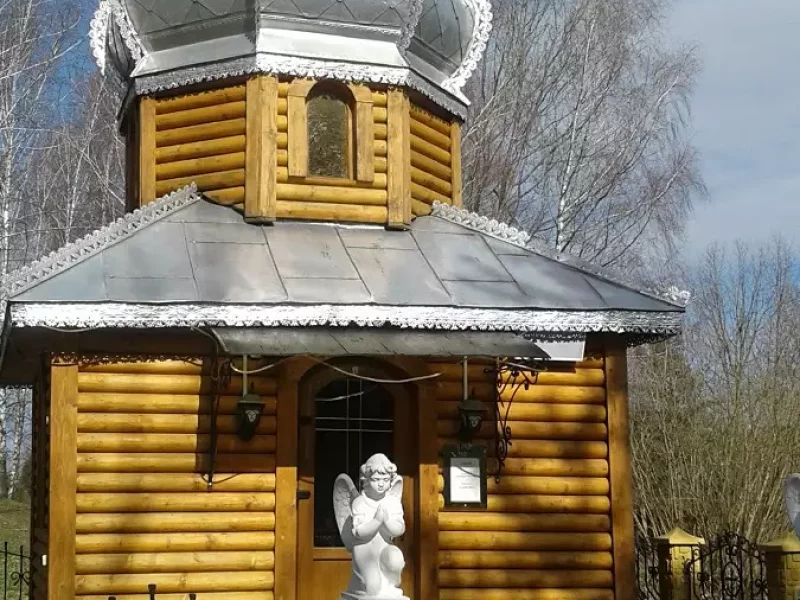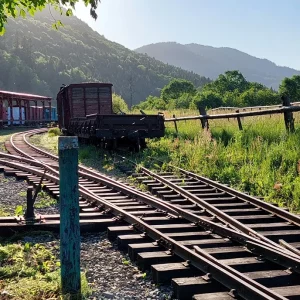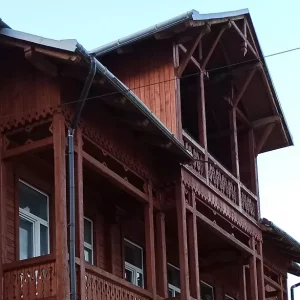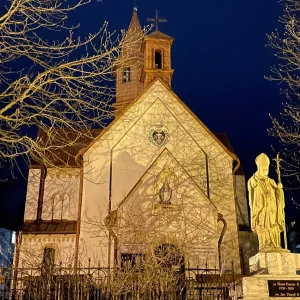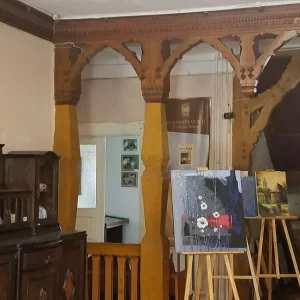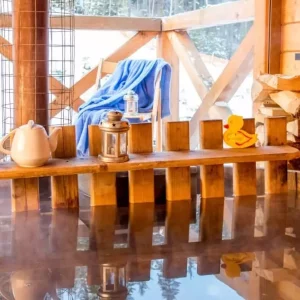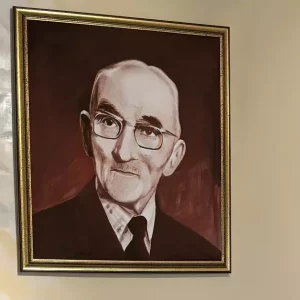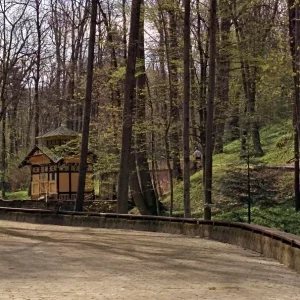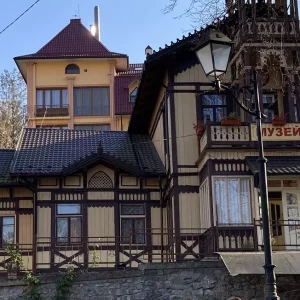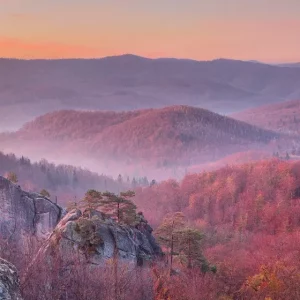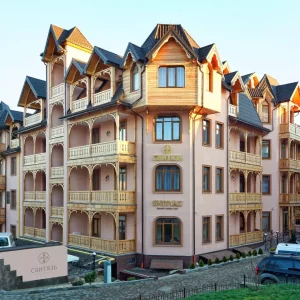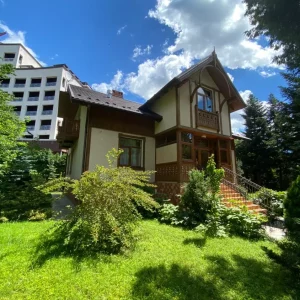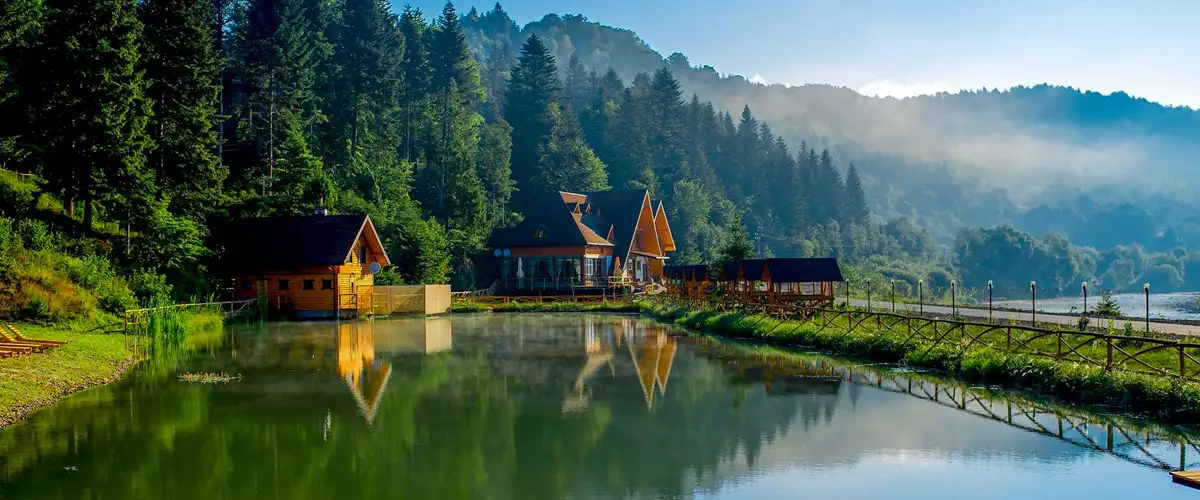Each of the four terraces of Adamivka Park was once equipped with wonderful walking galleries next to the springs. Even in those distant times, scientists proved the fact that constant walks in the fresh air are very useful for achieving the maximum healing effect of healing springs.
The first such covered wooden gallery in the Art Nouveau style was built back in 1896, designed by Lviv architect Vladyslav Halytskyi, next to the Maria spring. The next similar structure was a pavilion built a little later with elements of the Zakopane style next to the Naftusya spring.
The galleries offered a cosy atmosphere even in the rain and strong winds. These magnificent wooden galleries have not survived to this day, but active work is underway to restore them.
During the Soviet era, the park continued to grow and be improved. In particular, in the middle of the 20th century, the lower part of Adamivka was decorated with a round gazebo, which was called the musical gazebo. In 1959, under the roof of this gazebo, an orchestra from Yaroslavl performed the melodies of famous composers for the first time. Since then, and to this day, musical compositions are performed here every evening.
More than a hundred years of Adamivka Park’s existence has been accompanied by a lot of active work on its improvement and arrangement. New paths and alleys are constantly being laid, new trees and shrubs are being planted. To adapt the plants to the microclimate of the park, they were kept for some time in Germany, where the climate is similar to the foothills of the Carpathians. Greenhouses were constructed in the park, where some of the plants were transferred in winter.
Among the flora of Adamivka Park, you can admire tulip trees, Weymouth, Crimean and black pines, Japanese sophoras, rose roses, Amur velvet, sakura, magnolias and other rare plants.
Therefore, it is not surprising that in 1984 Adamivka Park was granted the status of a monument of landscape art. And already in the years of independence, namely on 29 July 2020, Adamivka was included in the list of objects of the nature reserve fund of national importance.
